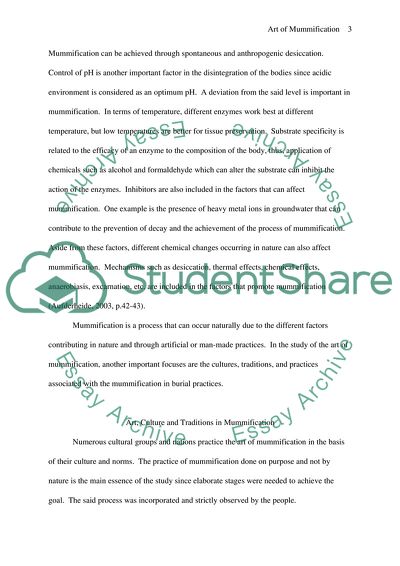Cite this document
(The Art of Mummification Research Paper Example | Topics and Well Written Essays - 1250 words, n.d.)
The Art of Mummification Research Paper Example | Topics and Well Written Essays - 1250 words. https://studentshare.org/culture/1746398-art-of-mummification
The Art of Mummification Research Paper Example | Topics and Well Written Essays - 1250 words. https://studentshare.org/culture/1746398-art-of-mummification
(The Art of Mummification Research Paper Example | Topics and Well Written Essays - 1250 Words)
The Art of Mummification Research Paper Example | Topics and Well Written Essays - 1250 Words. https://studentshare.org/culture/1746398-art-of-mummification.
The Art of Mummification Research Paper Example | Topics and Well Written Essays - 1250 Words. https://studentshare.org/culture/1746398-art-of-mummification.
“The Art of Mummification Research Paper Example | Topics and Well Written Essays - 1250 Words”. https://studentshare.org/culture/1746398-art-of-mummification.


